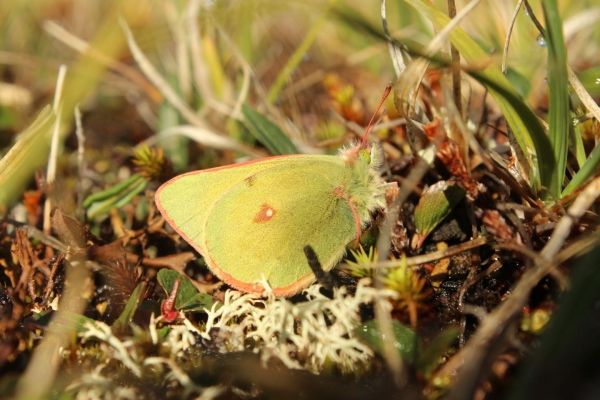Climate change is more pronounced in the Arctic than anywhere else on the planet, raising concerns about the ability of wildlife to cope with the new conditions. A new study shows that rare insects are declining, suggesting that climatic changes may favour common species.
As part of a new volume of studies on the global insect decline, researchers are presenting the first Arctic insect population trends from a 24-year monitoring record of standardized insect abundance data from North-East Greenland.
The work took place during 1996-2018 as part of the ecosystem-based monitoring program Greenland Ecosystem Monitoring (www.g-e-m.dk), at the field station Zackenberg, located in the world’s largest national park with high-arctic climate.
At this remote location, researchers can truly isolate the effects of climate change on insects, because there is no agriculture or industry in the area, nor are there any cities within the nearest thousand kilometres of the field station.
Read more at Aarhus University
Image: The northern clouded yellow (Colias hecla) butterfly needs to reproduce during the short Arctic summer. (Credit: Photo: Rikke R. Hansen)


